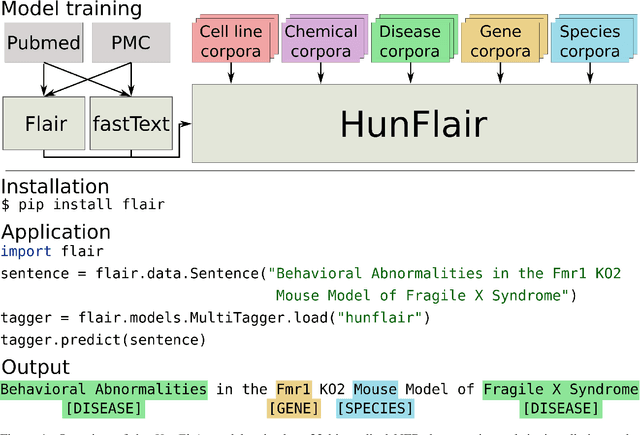Maryam Habibi
TabSim: A Siamese Neural Network for Accurate Estimation of Table Similarity
Aug 25, 2020



Abstract:Tables are a popular and efficient means of presenting structured information. They are used extensively in various kinds of documents including web pages. Tables display information as a two-dimensional matrix, the semantics of which is conveyed by a mixture of structure (rows, columns), headers, caption, and content. Recent research has started to consider tables as first class objects, not just as an addendum to texts, yielding interesting results for problems like table matching, table completion, or value imputation. All of these problems inherently rely on an accurate measure for the semantic similarity of two tables. We present TabSim, a novel method to compute table similarity scores using deep neural networks. Conceptually, TabSim represents a table as a learned concatenation of embeddings of its caption, its content, and its structure. Given two tables in this representation, a Siamese neural network is trained to compute a score correlating with the tables' semantic similarity. To train and evaluate our method, we created a gold standard corpus consisting of 1500 table pairs extracted from biomedical articles and manually scored regarding their degree of similarity, and adopted two other corpora originally developed for a different yet similar task. Our evaluation shows that TabSim outperforms other table similarity measures on average by app. 7% pp F1-score in a binary similarity classification setting and by app. 1.5% pp in a ranking scenario.
HunFlair: An Easy-to-Use Tool for State-of-the-Art Biomedical Named Entity Recognition
Aug 18, 2020

Abstract:Summary: Named Entity Recognition (NER) is an important step in biomedical information extraction pipelines. Tools for NER should be easy to use, cover multiple entity types, highly accurate, and robust towards variations in text genre and style. To this end, we propose HunFlair, an NER tagger covering multiple entity types integrated into the widely used NLP framework Flair. HunFlair outperforms other state-of-the-art standalone NER tools with an average gain of 7.26 pp over the next best tool, can be installed with a single command and is applied with only four lines of code. Availability: HunFlair is freely available through the Flair framework under an MIT license: https://github.com/flairNLP/flair and is compatible with all major operating systems. Contact:{weberple,saengema,alan.akbik}@informatik.hu-berlin.de
 Add to Chrome
Add to Chrome Add to Firefox
Add to Firefox Add to Edge
Add to Edge